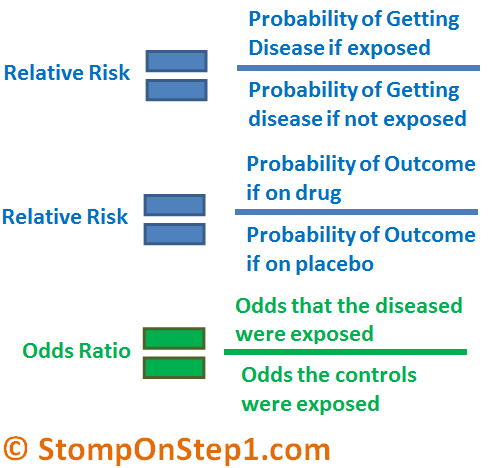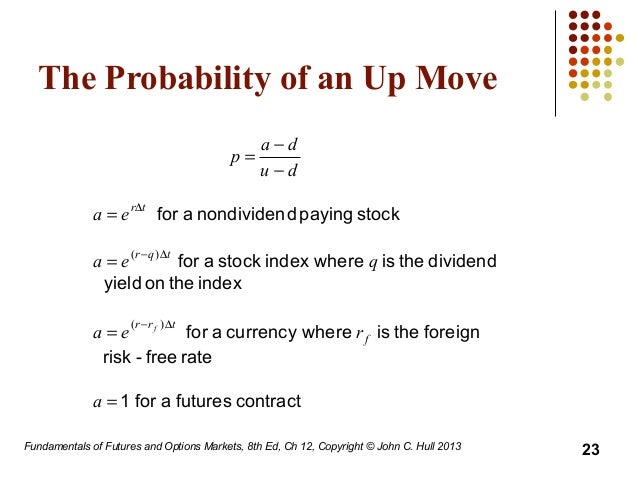

Someone who is risk-averse would be willing to pay more than $10. Someone who is risk-neutral would be willing to pay only $10. Now ask the individual how much she would pay to avoid this gamble. The expected value of this gamble is −$10.
With 1 percent probability, you lose $1,000. With 99 percent probability, you lose nothing. Suppose we present an individual with the following gamble: In the example we just gave, most people would prefer a sure $50 to the uncertain proposal with the expected value of $50. 
Risk aversion is a measure of how much people want to avoid risk. They prefer a fixed sum of money to a gamble that has the same expected value. If it comes up 3, 4, 5, or 6, you get $30.
Add together these amounts over all the possible outcomes.įor example, suppose you are offered the following proposal. For each outcome, multiply the probability of that outcome by the amount you will receive. You can calculate expected value as follows: The expected value of a situation with financial risk is a measure of how much you would expect to win (or lose) on average if the situation were to be replayed a large number of times. If we add together the probabilities for all the possible outcomes, the total must equal 1. If an outcome is certain not to occur, it has probability 0. If an outcome is certain to occur, it has probability 1. The list of possible outcomes must not overlap. The list of possible outcomes must be complete. :max_bytes(150000):strip_icc()/ExpectedValue-1d61d820dfb94d89beeb4dd021650f23.jpg)
There are five things you need to know about probability: We say that the probability of getting the outcome “ heads” is 1/2. For example, there is a 50 percent chance that a tossed coin will come up heads. Probability is the percentage chance that something will occur.




:max_bytes(150000):strip_icc()/ExpectedValue-1d61d820dfb94d89beeb4dd021650f23.jpg)


 0 kommentar(er)
0 kommentar(er)
